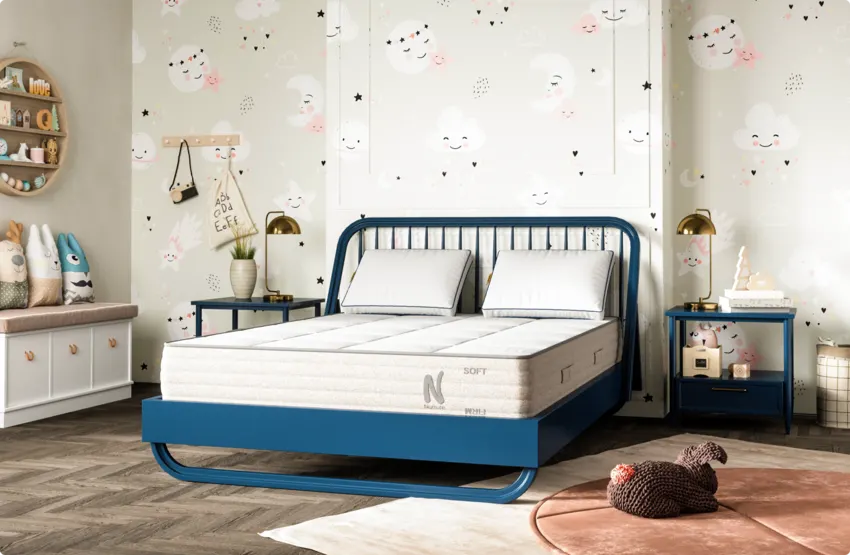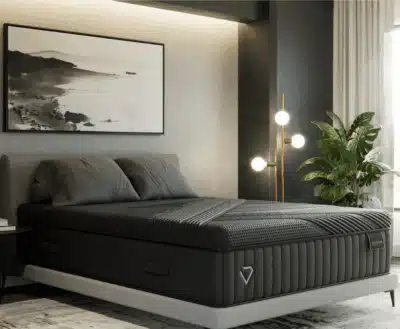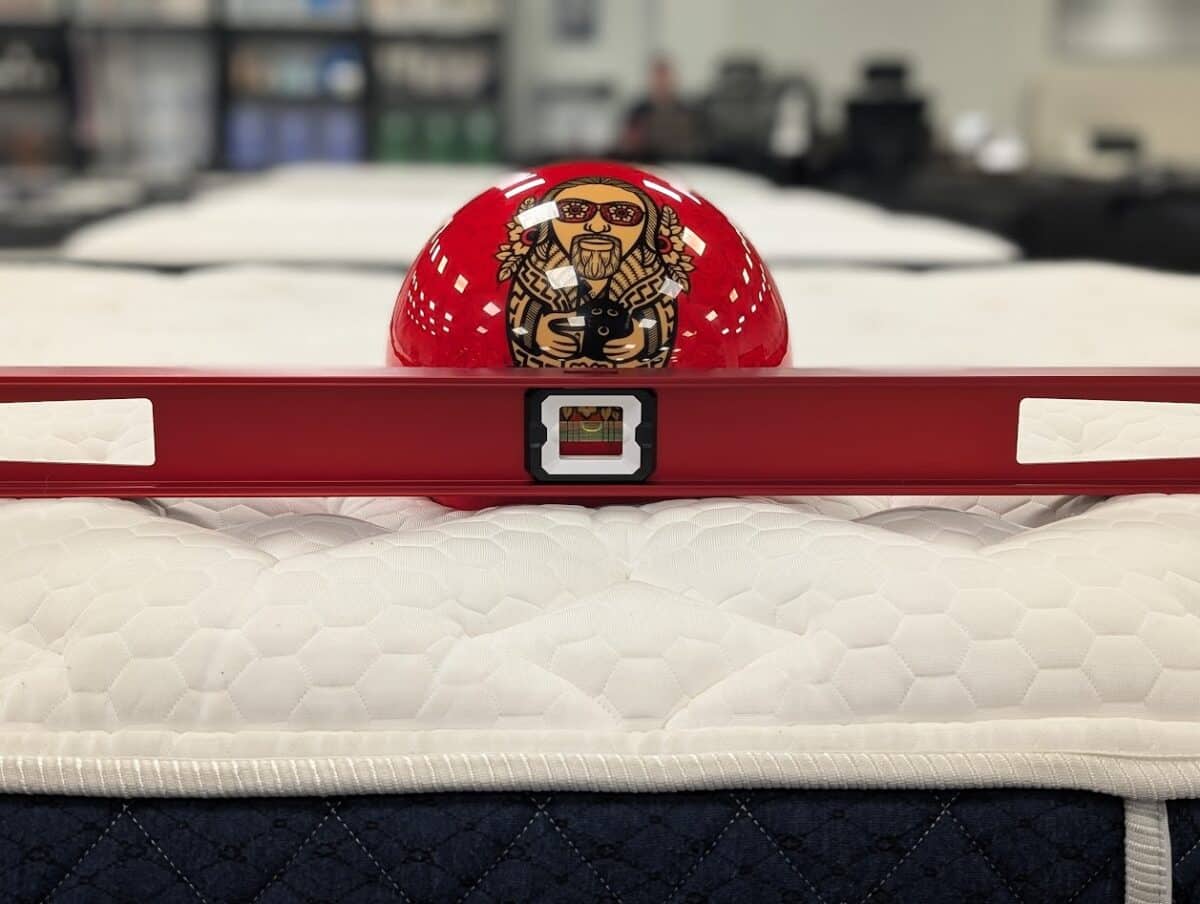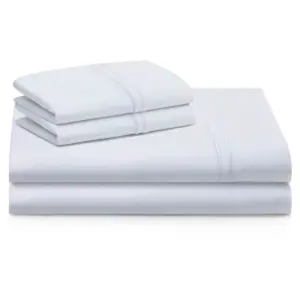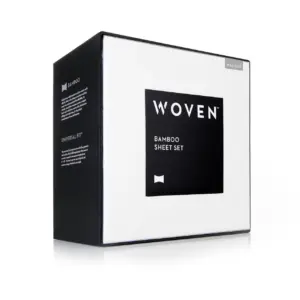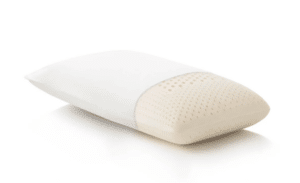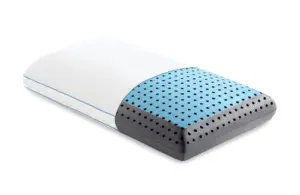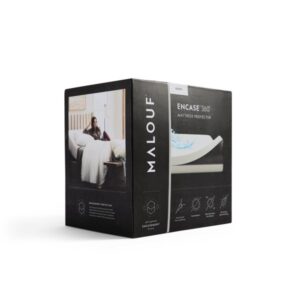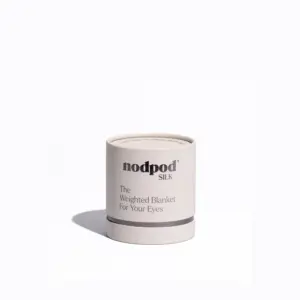An Essential Guide to Comparing Arhaus vs. Pottery Barn Furniture Quality
When it comes to furnishing your home, making the right choice between Arhaus and Pottery Barn can be daunting. Both brands have established themselves in the marketplace, but they cater to distinctly different consumer needs and preferences. This essential guide will help you navigate the intricacies of Arhaus vs. Pottery Barn, focusing on furniture quality, pricing, and overall customer experience.
Understanding the Brands: Arhaus vs. Pottery Barn
Arhaus
Founded in 1986 in Boston Heights, Ohio, Arhaus aims to provide luxurious, handcrafted furniture that combines sustainability with elegant design. The brand collaborates with skilled artisans worldwide, resulting in unique pieces made from solid wood and eco-friendly materials. This commitment to quality appeals particularly to affluent customers who seek durability and exceptional craftsmanship.
Arhaus is dedicated to responsible practices, offering products that not only look good but also contribute to environmental sustainability. Each item is crafted with an emphasis on longevity, appealing to consumers who want to invest in timeless furnishings.
Pottery Barn
Established in 1949 as a subsidiary of Williams-Sonoma, Pottery Barn focuses on comfort, style, and accessibility. Based in San Francisco, the brand has built a reputation for providing quality home furniture at relatively affordable prices. It attracts a broad market, including families and individuals looking for stylish yet budget-friendly options.
Pottery Barn is known for its wide array of home furnishings that cater to varying tastes and lifestyles. However, many of its products are mass-produced, which can result in inconsistencies in quality. Despite this, frequent sales and promotions make Pottery Barn a popular choice for budget-conscious shoppers.
Furniture Quality: A Detailed Comparison
Arhaus Quality
Arhaus products are lauded for their superior quality. The brand proudly uses solid wood, often sourced from reclaimed or recycled materials, ensuring longevity and unique character in every piece. Handcrafted construction distinguishes Arhaus from its competitors, with skilled artisans paying meticulous attention to detail. Their furniture is built to withstand the rigors of daily life, proving resilient even in busy households.
Many long-term users report satisfaction with their Arhaus pieces; one satisfied customer noted that their Arhaus sofa held up beautifully after eight years, even with kids and pets in the home. This durability, combined with intricate design, makes each item not just furniture, but a work of art.
Pottery Barn Quality
On the other hand, Pottery Barn often utilizes veneer over engineered wood, which can compromise long-term durability. While the veneer looks attractive, it may not withstand wear as effectively as solid wood furniture. Some consumers have pointed out that cushions may lose firmness over time, leading to concerns about the product’s lifespan.
Nonetheless, Pottery Barn does offer performance fabrics designed for family use, which can be stain-resistant and easy to maintain. One user praised the durability of their Pottery Barn couch in performance suede, highlighting its practicality in a busy household. However, the inconsistency in craftsmanship can detract from the overall quality experience.
Product Range and Styles: Finding the Perfect Fit
Arhaus Product Range
Arhaus specializes in high-end furniture, offering an extensive selection of items designed for luxury buyers. Popular options include:
– Sectionals: Known for spaciousness and comfort, Arhaus sectionals like the Kipton and Beale are valued for their minimalist design and quality materials.
– Dining Tables: Crafted from solid wood, Arhaus dining tables often feature handcrafted details, serving as stunning centerpieces in any dining area.
– Modular Sofas: Ideal for those who appreciate customization, these sofas can be tailored to fit specific room layouts, catering to individual preferences.
Pottery Barn Product Range
Pottery Barn offers a more diverse selection aimed at blending affordability with style. Their product range includes:
– Sofas and Sectionals: A variety of configurations are available, such as the York Slipcovered Sofa, which appeals to family-friendly sensibilities but may come with varying reviews on durability.
– Dining Tables: With styles ranging from rustic to modern, Pottery Barn’s dining tables are designed to complement a variety of home aesthetics.
– Design and Customization: Pottery Barn excels in customization, allowing consumers to choose from multiple fabrics, including practical performance options.
Pricing and Value: Making Financial Sense
Arhaus Pricing
As a luxury brand, Arhaus reflects its status in its pricing, with furniture costs ranging from approximately $2,499 to $9,499 or more. Notably, Arhaus provides a protection plan covering accidental damage, and their white glove delivery service includes setup and packaging removal for a flat-rate fee.
Pottery Barn Pricing
In contrast, Pottery Barn presents a more budget-friendly range, with prices typically ranging from $399 to over $5,000. Frequent sales and promotions can significantly reduce costs, making it an attractive option for shoppers. However, it’s essential to note that Pottery Barn does not typically offer warranties, raising concerns about long-term durability.
Customer Experience: Beyond Products
Arhaus Experience
Arhaus distinguishes itself with exceptional customer service, offering a personalized showroom experience. Customers often report attentive staff who are eager to assist and guide them through their selections. Delivery service is also noted as a highlight, with many praising the efficient white glove service.
Pottery Barn Experience
While Pottery Barn provides a generally pleasant shopping experience, reviews are mixed regarding customer service. Some shoppers encounter variability in staff attentiveness and delivery coordination, with complaints about long delivery times and lack of communication post-purchase.
Conclusion
In sum, comparing Arhaus and Pottery Barn reveals distinct differences tailored to different consumer needs. Arhaus appeals to those investing in unique, handcrafted pieces with an emphasis on quality and sustainability. Conversely, Pottery Barn offers stylish, accessible alternatives for shoppers prioritizing affordability.
Ultimately, your choice will depend on whether you value artisanal craftsmanship and durability over budget-friendly options and practicality. Both brands offer quality furniture that meets various lifestyle needs. Consider your priorities carefully to make the best decision for your home. For further insights on eco-friendly furniture choices, explore Yawnder’s curated collection designed to fit your lifestyle and budget.



